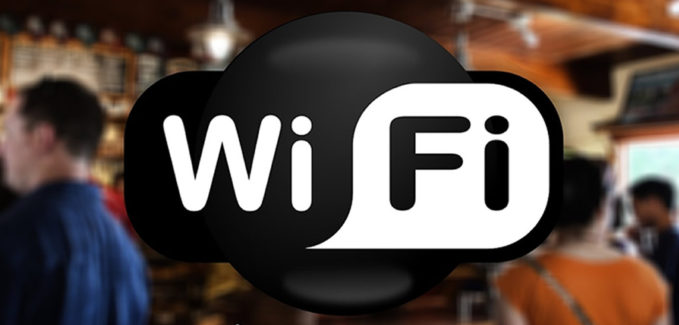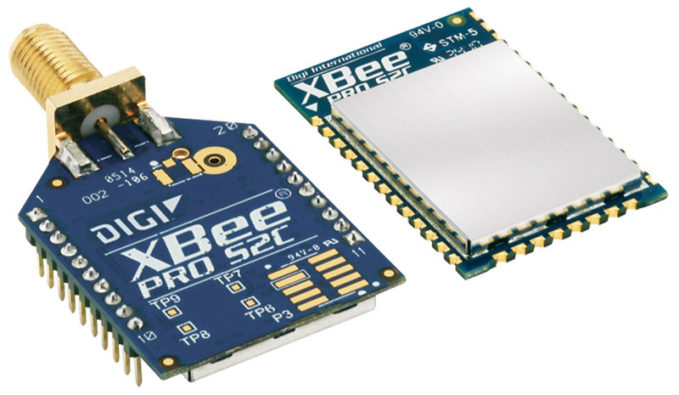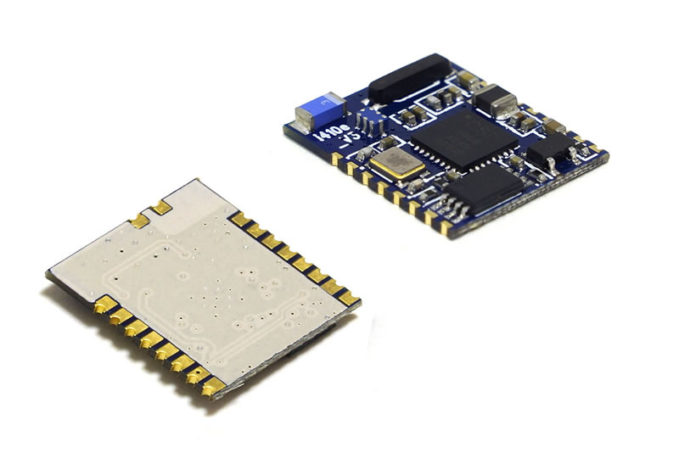This is a sponsored post written by me on behalf of Arrow.com for IZEA. All opinions are 100% mine.

WiFi is nearly ubiquitous today, with most homes, offices, and coffee shops set up to provide wireless internet access. However, the technology has only been in widespread usage for little over a decade and is still in its infancy – with the Internet of Things the next frontier.
The wireless standard 802.11n is the most common standard found in home WiFi routers, with the mature technology offering speeds of 100Mbps, around the same top speed as many people’s home broadband connection. But this technology is quickly being replaced by the newer 802.11ac standard that offers improved multimedia-optimized performance, increased speed, and better battery performance with devices able to transmit data and go to sleep more quickly.
The ever increasing speeds of the WiFi standards mean that it is now common for one family member to be watching Netflix streaming in 1080P in the sitting room while another plays a video game and streams Spotify in HD in another – with no buffering ruining the experience for either party. However, the improvements in WiFi technologies are not all about speed – for the Internet of Things, battery-powered sensors need to communicate over long distances or with very low power consumption over shorter distances.
Temperature sensors, light sensors, and proximity sensors can be bought from as little as a dollar from Arrow.com, and following the guides they have available it is possible for anyone to build up a Wireless Sensor Network (WSN) in their home or office with relative ease – especially with the editable reference guides on offer.
Currently, many WSNs communicates over the older, lower power, and lower throughput 802.11b and 802.11g standards. However, the 802.11ah standard is in the process of being defined to enable WiFi over the 900Mhz frequency band, which will offer communication over distances up to 1km, much further than with the current 2.4, 5, and 60 Mhz. This will mean fewer nodes will be required for a network to cover a greater area, which could be great for creating a smart farm, but the lack of building penetration offered by the 900Mhz frequency means that the standard would not do so well for a connected office or home.

Indeed, while the WiFi standards move to include longer distance or lower power consumption technology, they are not the only wireless standards that could define the Internet of Things. The ZigBee 802.15.4-based specification is already stable and offers very low power usage for short distance (10-100m) line-of-sight communication, which could prove a better alternative than either of the 802.11b or 802.11g WiFi alternatives – and Arrow.com already stocks a number of ZigBee wireless modules for use in projects right now for around $20.

Another low power option for Internet of Things network creation is Bluetooth LE, which is already supported by the Android, iOS, and Windows platforms – and Arrow.com has modules supporting the technology available for under $20. So, if the ability to control these networks of sensors, lights, and motors by smartphone or tablet is a requirement then this standard already has a head start.
We’ve only gone through some of the most common wireless options in this piece, but whatever IoT setup you are looking to create, there is likely to be a wireless technology targeted for that use, and Arrow.com have covered even more of the options on their site, alongside some thoughtful pieces on topics like the challenges and possibilities of wireless IoT networks.
There is no reason that a WSN cannot contain various elements that utilise each of these emerging technologies, but one thing is clear and that is that wireless communication will continue to be the backbone of the Internet of Things.

